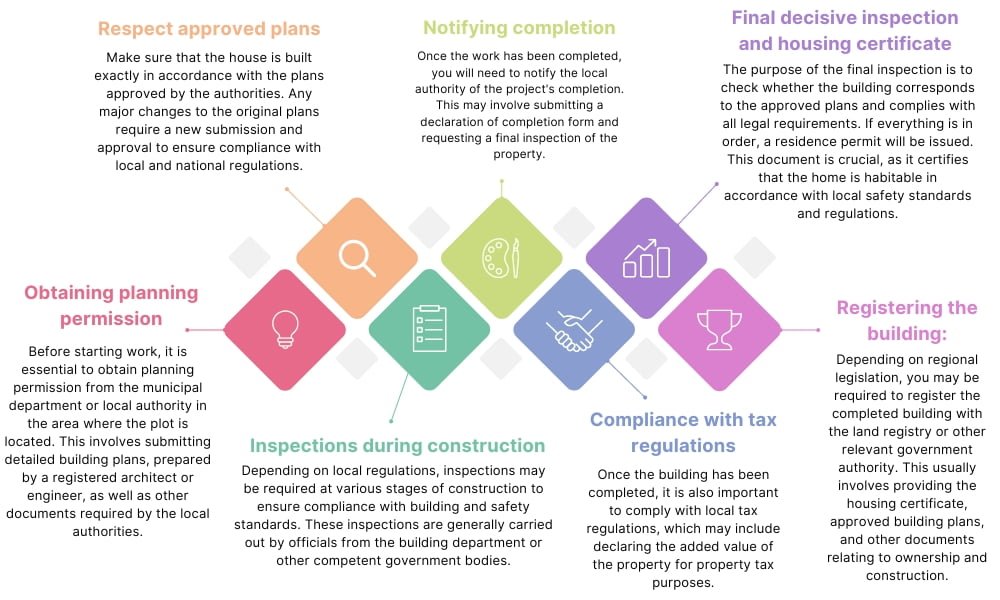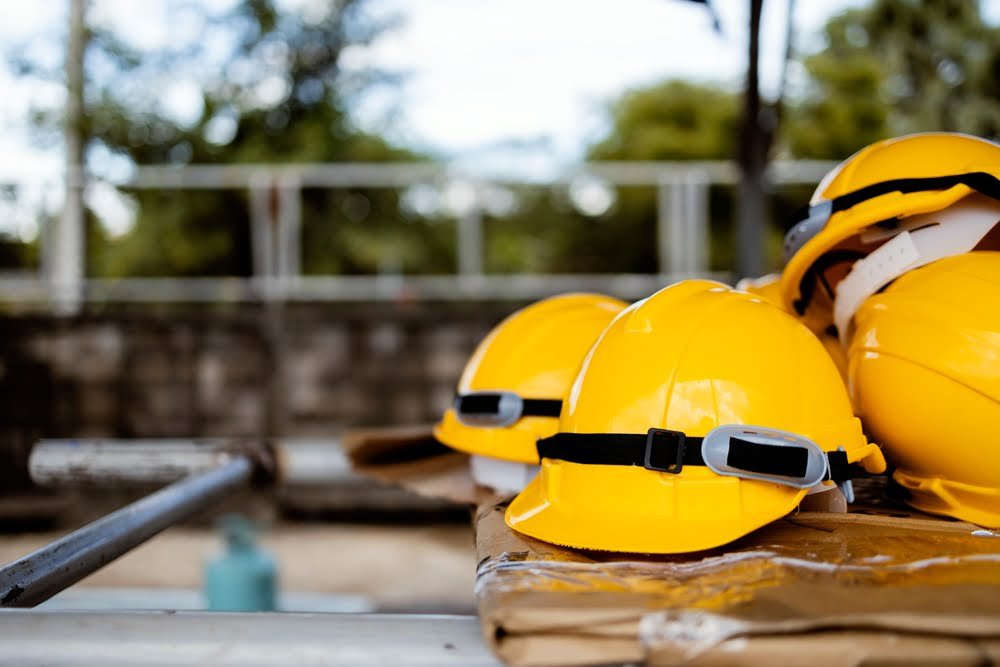Thailand Construction Safety Standards industry is one of the fastest-growing sectors in the country, but it has long faced challenges in ensuring worker and site safety. To address these concerns, Thailand has introduced stricter construction safety standards that aim to reduce accidents, improve material quality, and promote overall site safety. These efforts, led by new regulations and updated safety laws, are transforming the construction landscape for the better.

New Ministry Regulation Strengthens Safety in Buildings
One of the key changes in Thailand’s construction safety standards comes from a new regulation by the Ministry of Interior. This regulation focuses on improving building safety by enforcing higher standards for fire-resistant materials, load-bearing capacities, and the general quality of materials used. For instance, buildings like skyscrapers and public spaces now require fire-resistant materials to ensure better safety during emergencies. This regulation aligns with international best practices and reflects Thailand’s commitment to improving construction safety.
Thailand’s new Ministry regulation marks a significant advancement in enhancing building safety standards by aligning with international best practices across various dimensions—safety provisions, compliance frameworks, clear guidelines, environmental considerations, and a focus on continuous improvement. This comprehensive approach not only aims to protect lives but also fosters a more competitive and sustainable construction industry. By addressing these key safety aspects, the government aims to reduce the risks of fire accidents and structural failures.
OSHA: Enhancing Worker Safety on Construction Sites
Another major factor driving the improvement of Thailand Construction Safety Standards is the Occupational Safety, Health, and Environmental Act (OSHA). First introduced in 2011, this law requires employers to have safety officers on construction sites and form safety committees. In 2022, the government updated OSHA with stricter requirements, aiming to improve the qualifications and responsibilities of safety personnel.
The revised law includes new reporting duties for construction businesses, ensuring better oversight and implementation of safety measures. This step is crucial in making sure that safety protocols are followed, minimizing the chances of accidents and injuries on-site. These updates reflect the government’s focus on improving compliance and protecting workers.
The Importance of Thailand Construction Safety Standards Enforcement
Despite these efforts, construction accidents remain a serious concern in Thailand. A study analyzing accidents between 2013 and 2017 revealed that falls from heights and material collapses are the most common causes of injuries and fatalities. These statistics highlight the need for stronger enforcement of safety regulations and better training for workers.
To address this, mobile applications like SafetyFIRST have been introduced. These apps aim to raise awareness about safety procedures, helping workers stay informed and follow guidelines more effectively. Better training and communication can significantly reduce the number of accidents and promote a culture of safety in the industry.
Economic Benefits: Safety Pays Off
Investing in Thailand Construction Safety Standards does more than just protect workers—it also has significant economic benefits. Studies show that every dollar spent on improving workplace safety can yield a return of up to $4. This is because fewer accidents lead to lower costs related to medical care, insurance, and legal issues. Moreover, safer construction sites tend to be more productive, as workers feel more secure and confident in their environment.
For businesses, this means that investing in safety is not just about compliance but also about improving the efficiency and profitability of projects. In the long run, prioritizing safety can save money and boost the overall success of construction companies.
Thailand Construction Safety Standards are evolving to meet the demands of a growing industry. The introduction of stricter regulations from the Ministry of Interior and updates to OSHA shows the government’s commitment to protecting workers and improving the quality of buildings. These efforts ensure a safer working environment for construction workers and better quality buildings for the public. The economic returns from investing in safety make it clear that enhancing safety standards isn’t just the right thing to do—it’s also a smart business decision. A focus on safety will help Thailand’s construction industry continue to grow while protecting those who make that growth possible.

